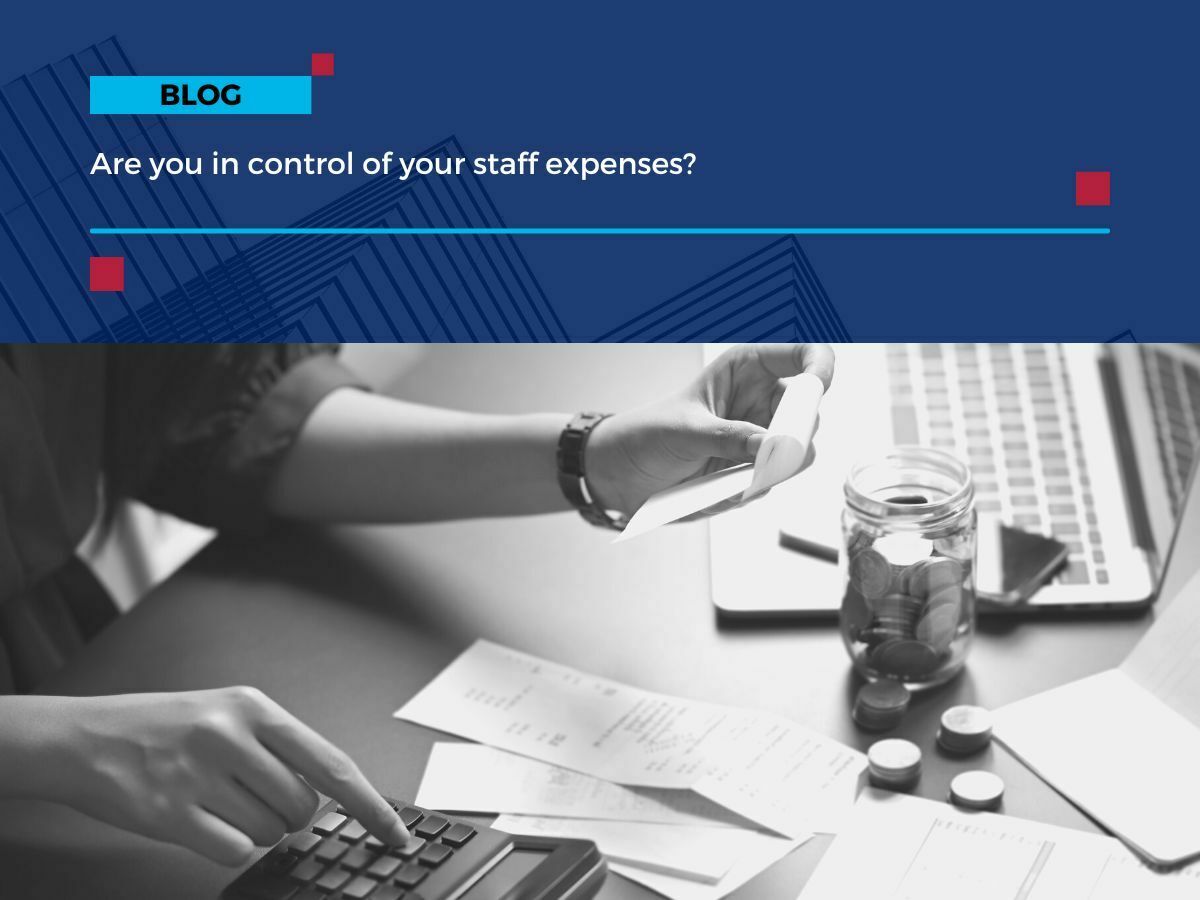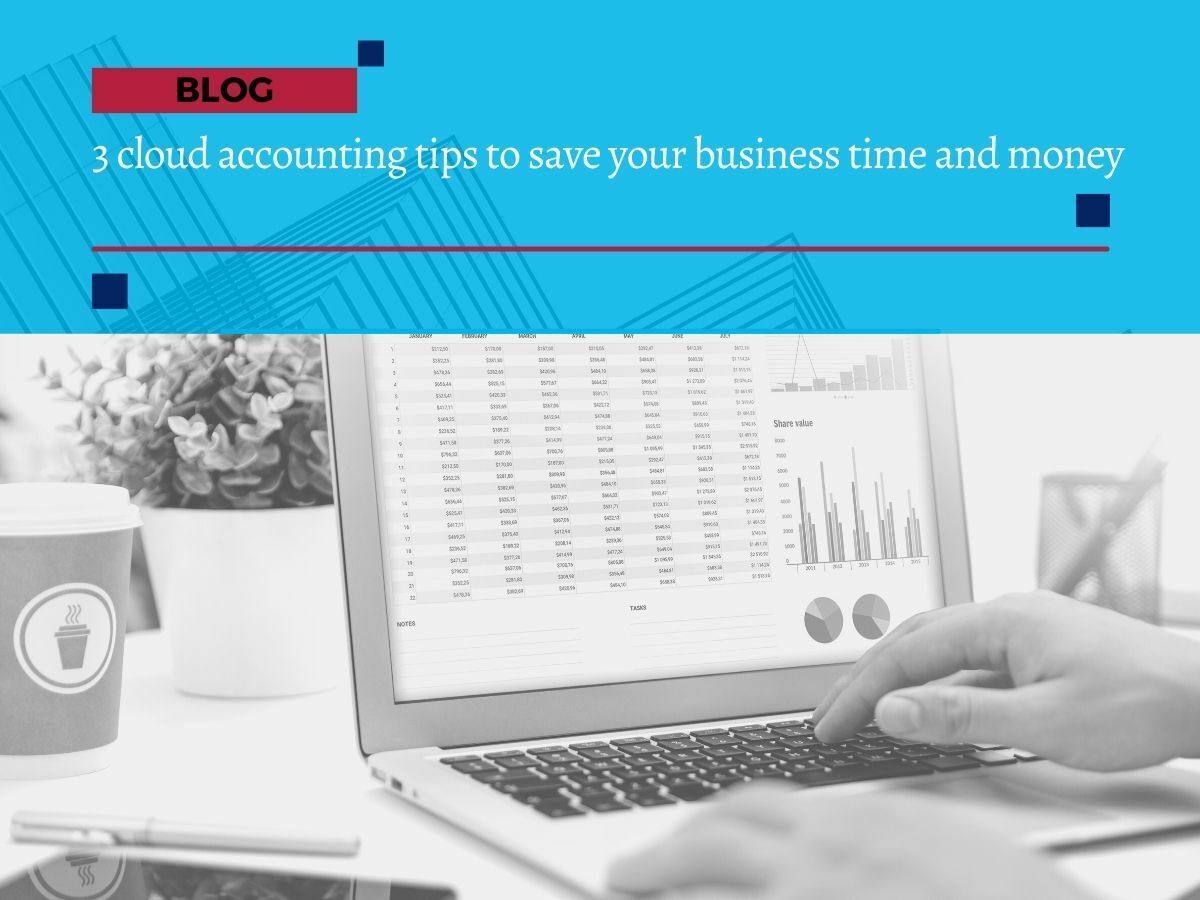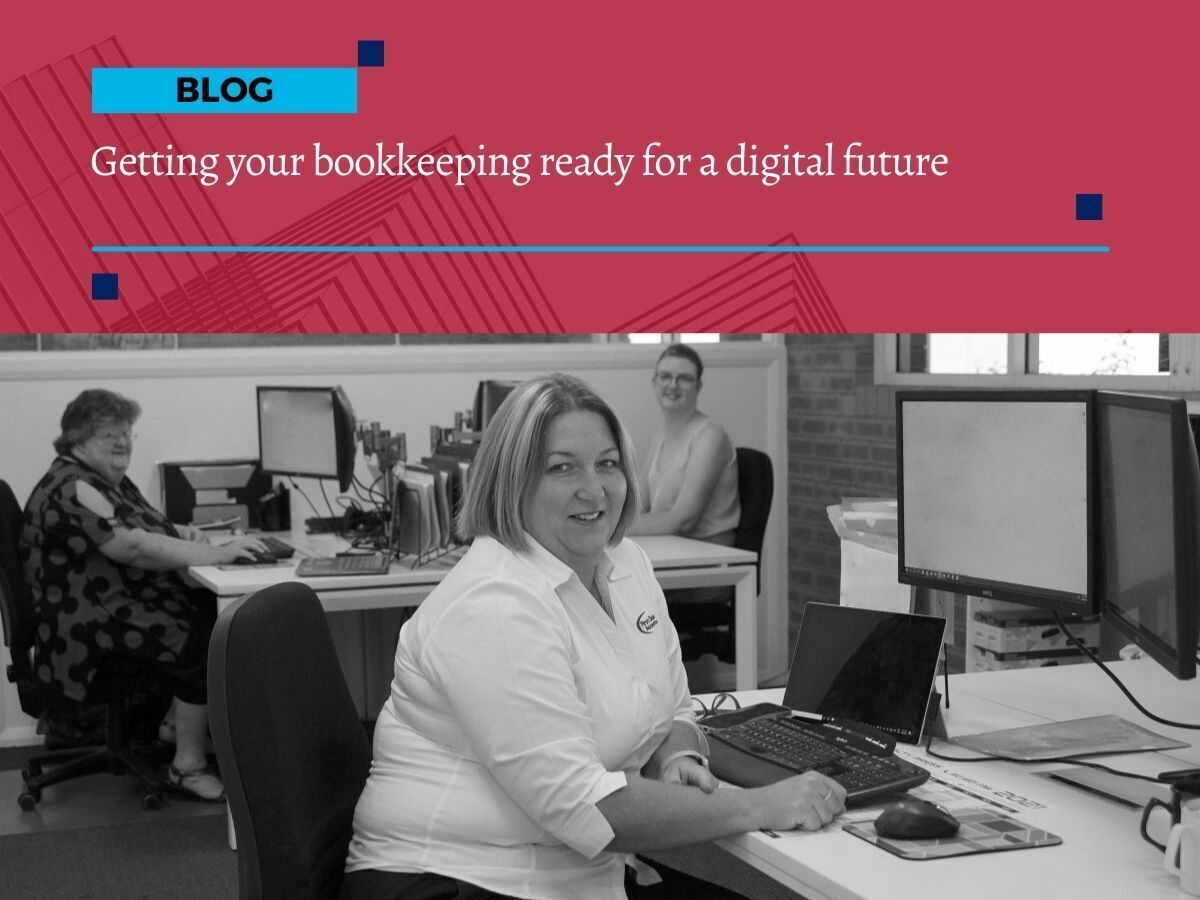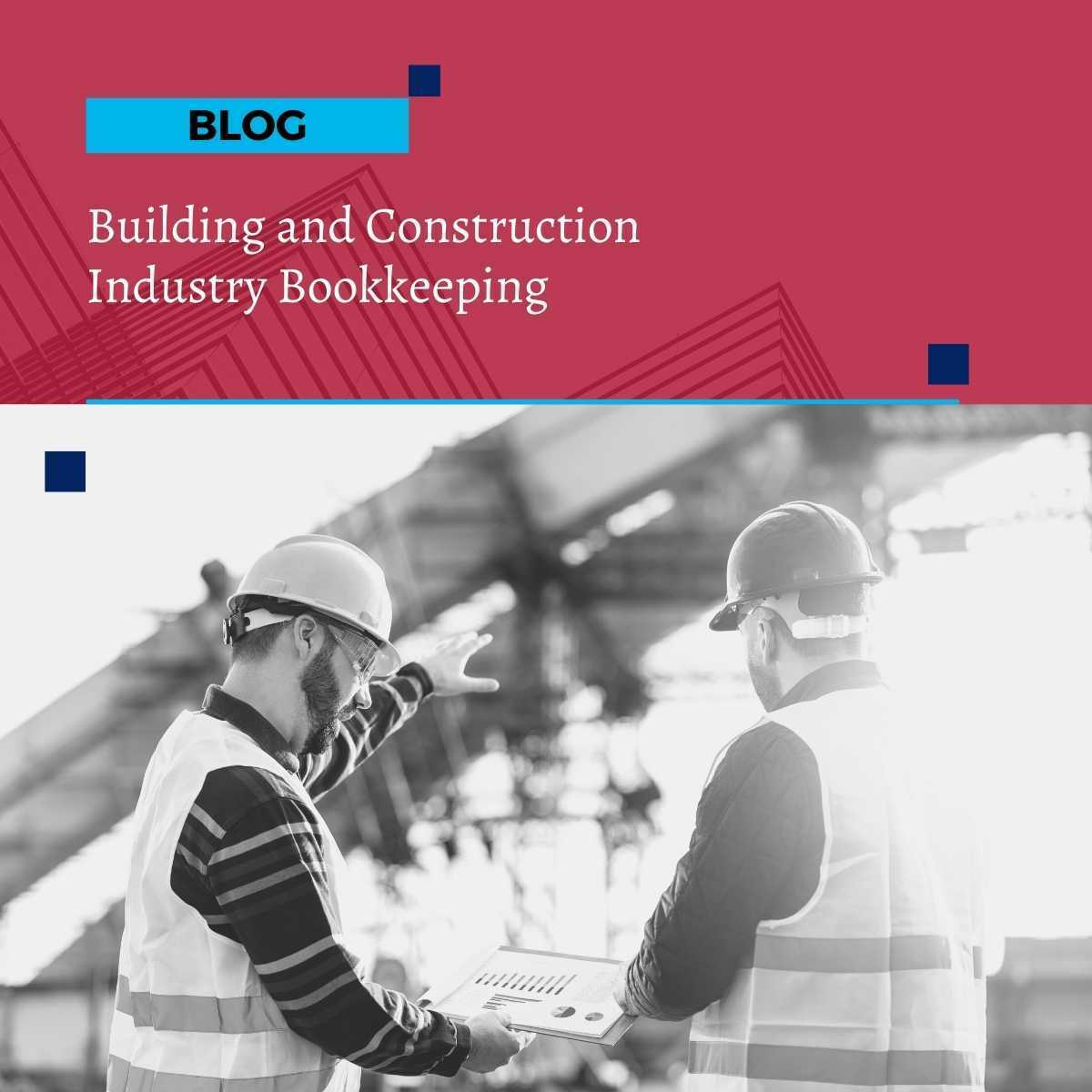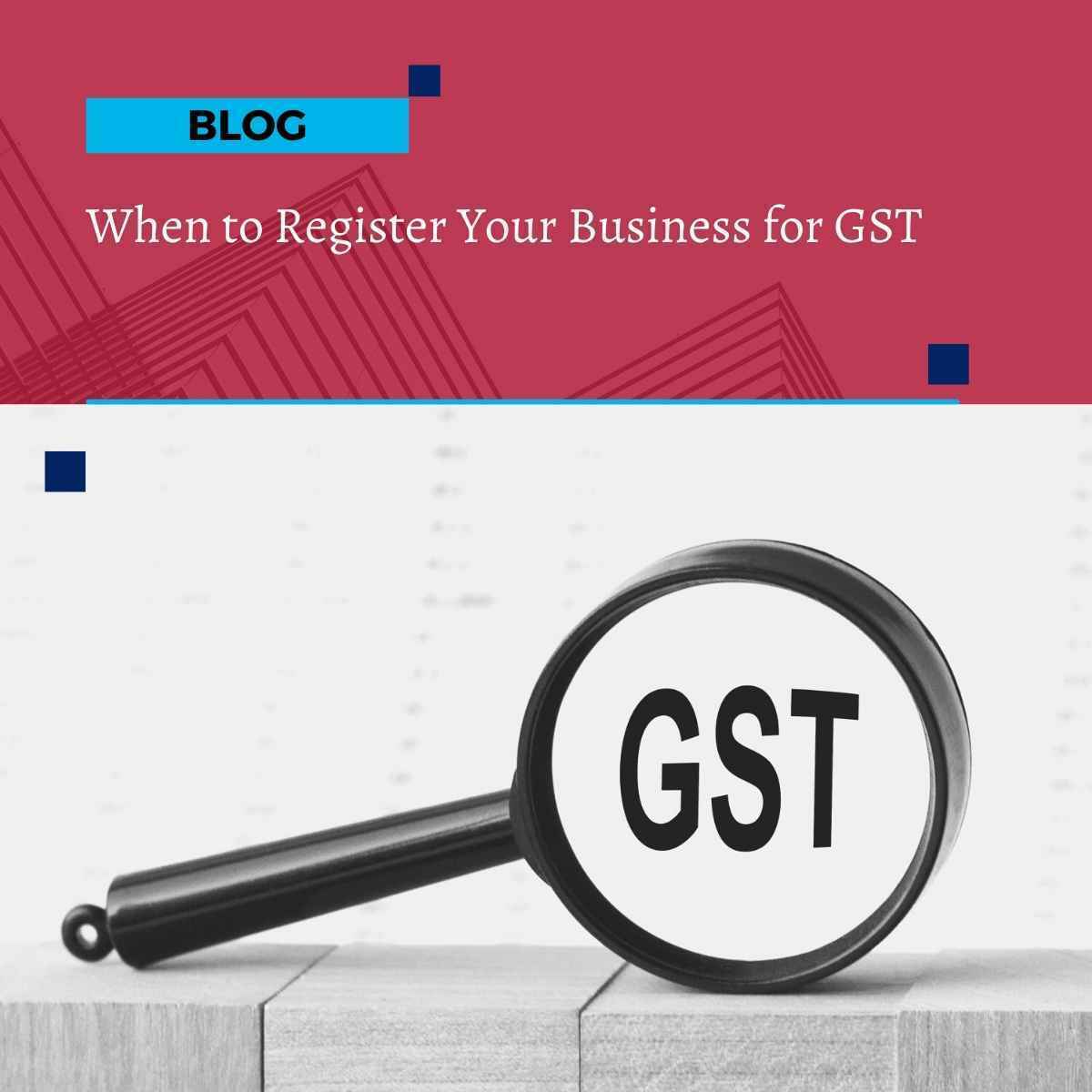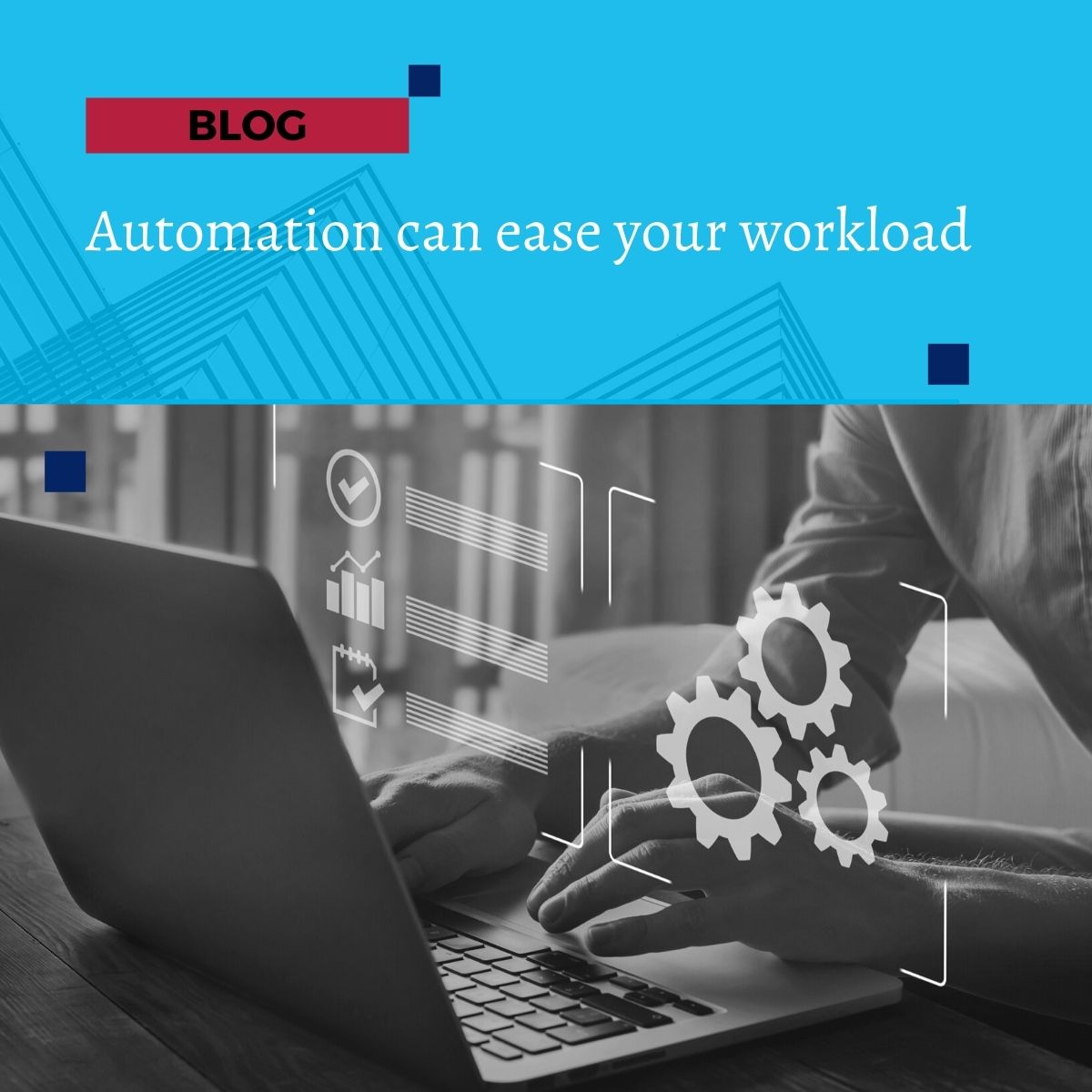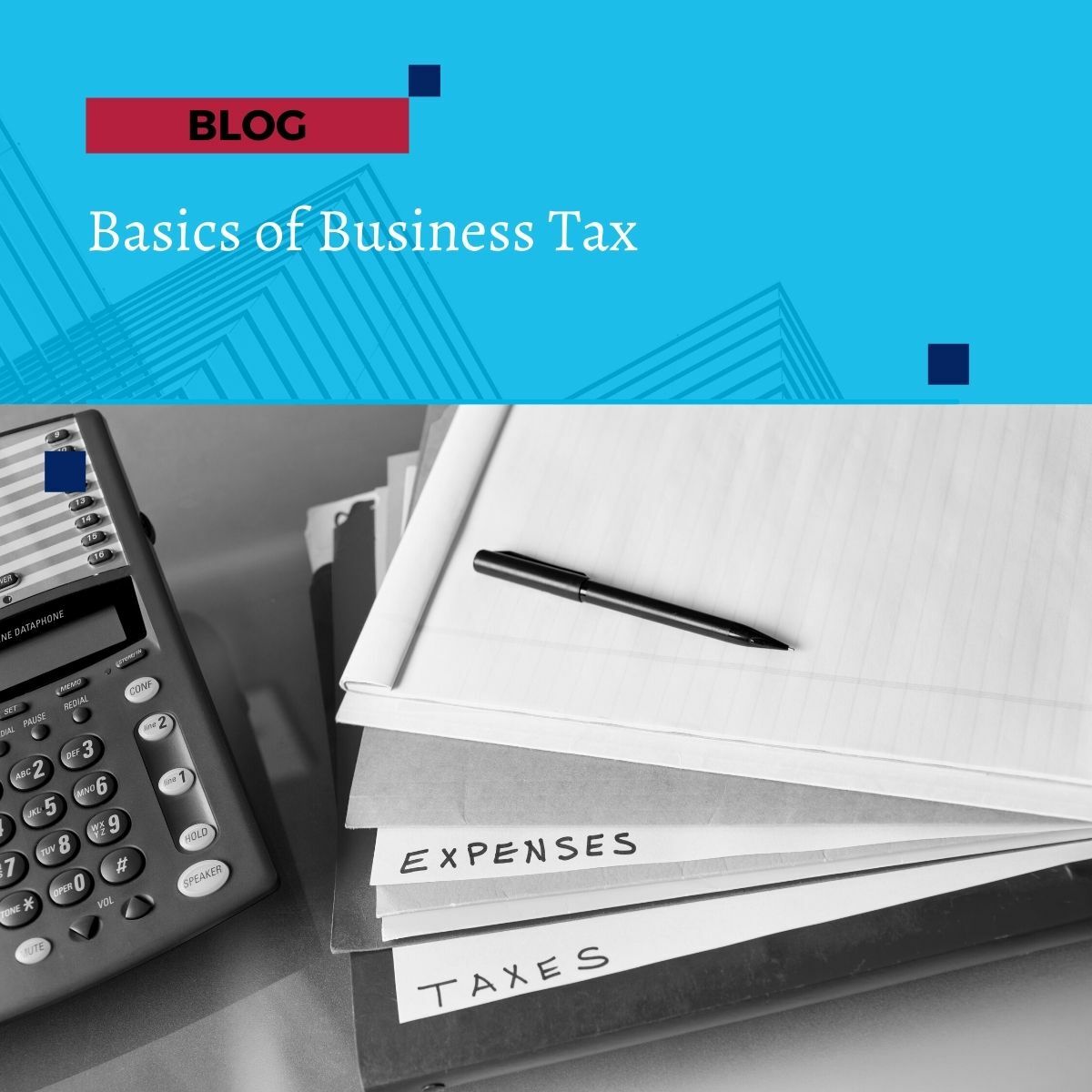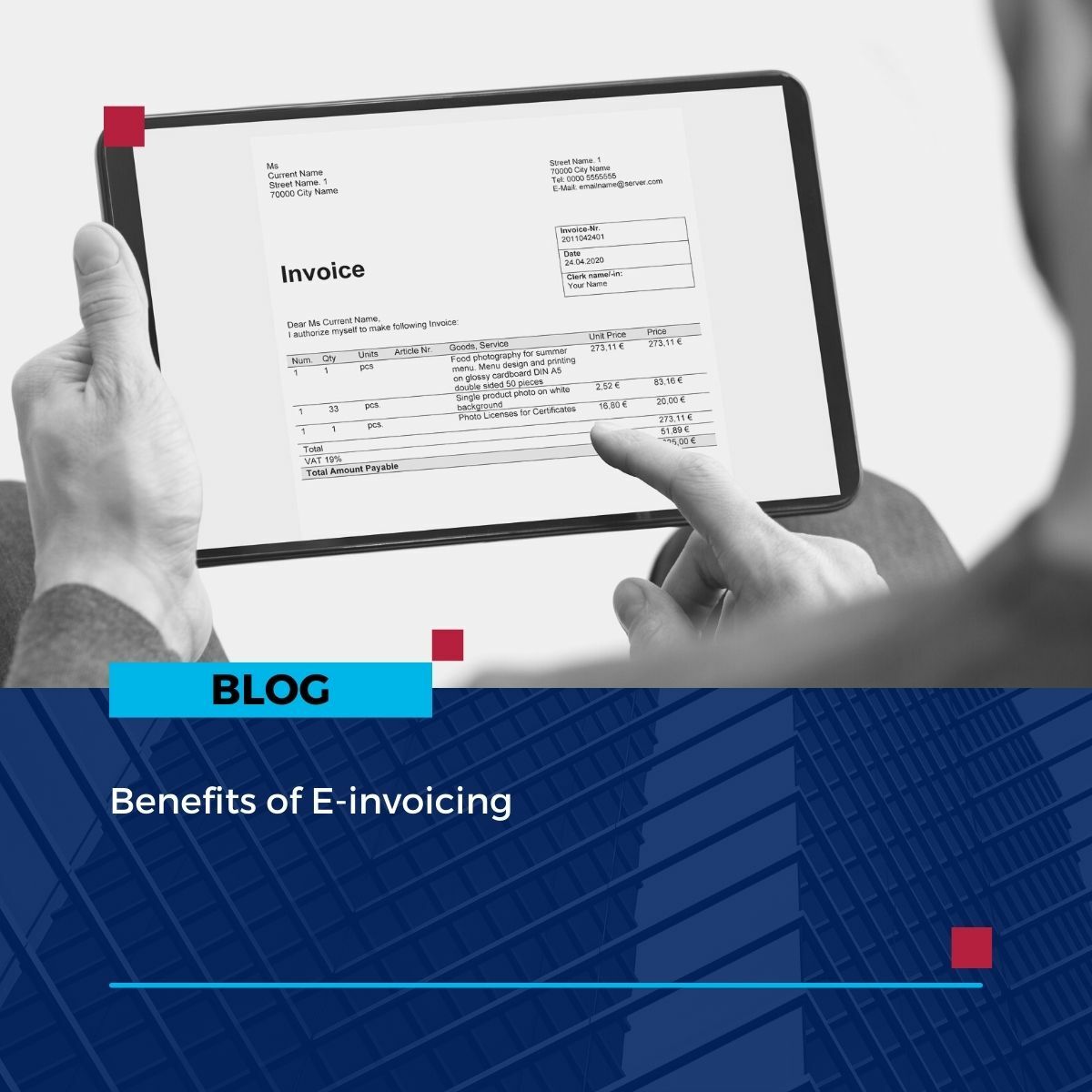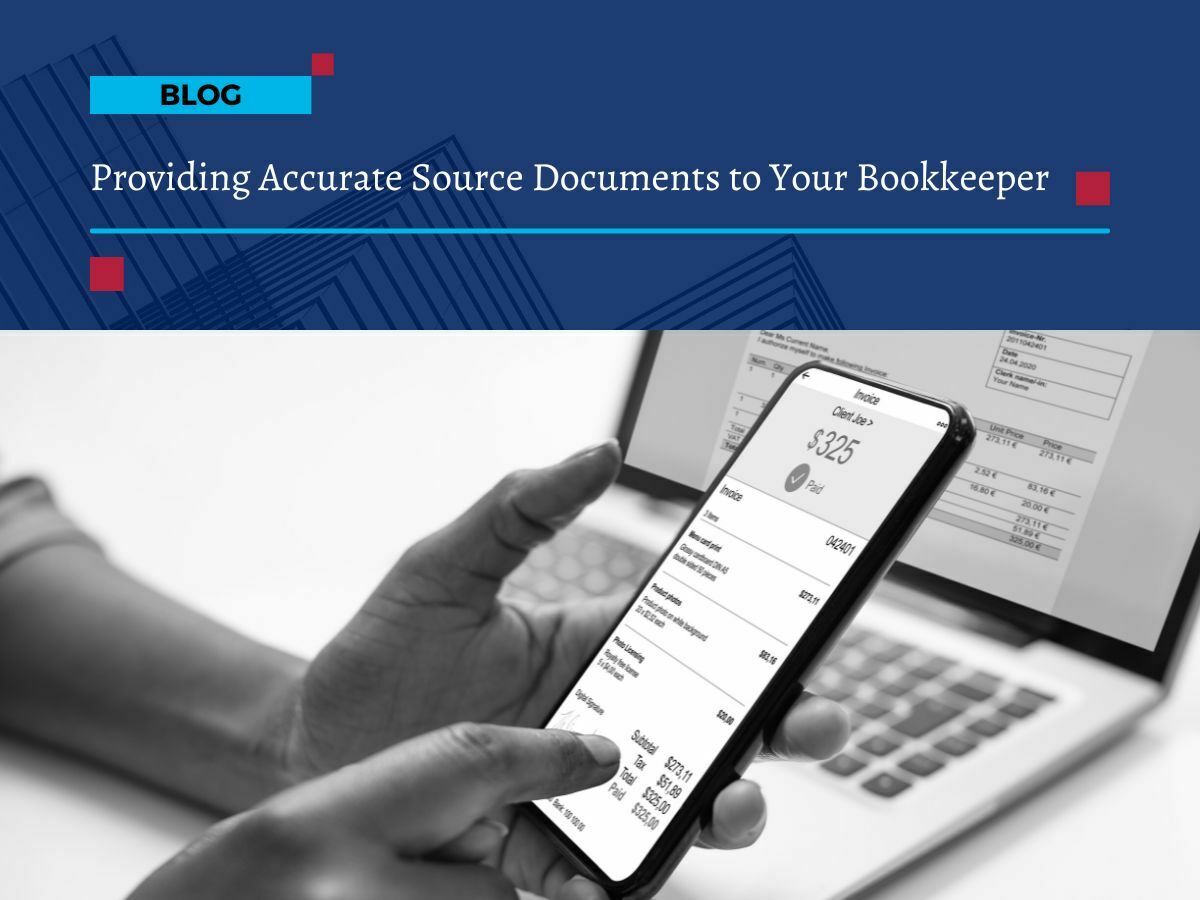
Providing Accurate Source Documents to Your Bookkeeper
Providing Accurate Source Documents to Your Bookkeeper
Did you know that the accuracy of your bookkeeping is only as good as the accuracy of the source documents?
Source documents are any documents that provide evidence of a financial transaction. This could include:
- Invoices
- Receipts
- Bank statements
- Credit card statements
- Payroll records
- and more.
Providing accurate and original source documents means that your financial records are more likely to be accurate and compliant.
Benefits of having accurate source documents
There are several benefits to making sure you are providing accurate source documents to your bookkeeper.
Accuracy
Making sure you are providing the correct source documents means that your financial records are more accurate.
And this is important for a number of reasons:
- Making sure that you are paying the correct amount of taxes
- Avoiding financial penalties
- Getting accurate financial reports
- Making informed business decisions
Compliance
Accurate source documents help keep your business compliant with all applicable laws and regulations.
This is important because non-compliance can lead to fines, penalties, and in the worse-case scenario, legal action.
Time & financial savings
When you provide accurate source documents to your bookkeeper, they can save time by not having to track down missing or incomplete information. And this can save you money in the long run.
Managing your source documents
There are a number of platforms that can help you to manage your source documents and make it easier to provide them to your bookkeeper.
Platforms that we recommend include Dext, Xero, Hubdoc, and Lightyear.
Dext is a cloud-based document management system that allows you to scan, store, and organise your source documents. Dext also has integrations with a number of accounting software platforms, like Xero, making it easy to reconcile your accounts.
Xero is an online accounting software platform that allows you to track your finances, invoice your customers, and pay your bills. Xero also has a document management system that allows you to upload and store your source documents.
At the end of the day, using a digital platform to manage your source documents helps improve the accuracy and efficiency of your bookkeeping and helps keep your financial records accurate, compliant, and up-to-date.
Here are some additional tips for providing accurate source documents to your bookkeeper:
- Scan or photo your source documents and upload them to Dext or Xero as soon as possible after the transaction occurs. This will help to prevent them from being lost or damaged.
- If taking a photo - always photograph the original source document. Don’t take a photo of a photo or a screenshot of a document or receipt.
- Make sure that the scan or photo’s of your source documents are clear and legible.
- Label each document with the date, amount, and description of the transaction.
- Keep your source documents in a safe and organised place. This is where using platforms such as Dext or Xero is highly beneficial.
- Provide your bookkeeper with access to your digital document management system.
By following these tips, you can help to ensure that as your bookkeeper, we have the information we need to keep your financial records accurate and compliant.

